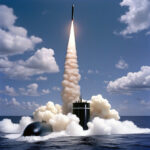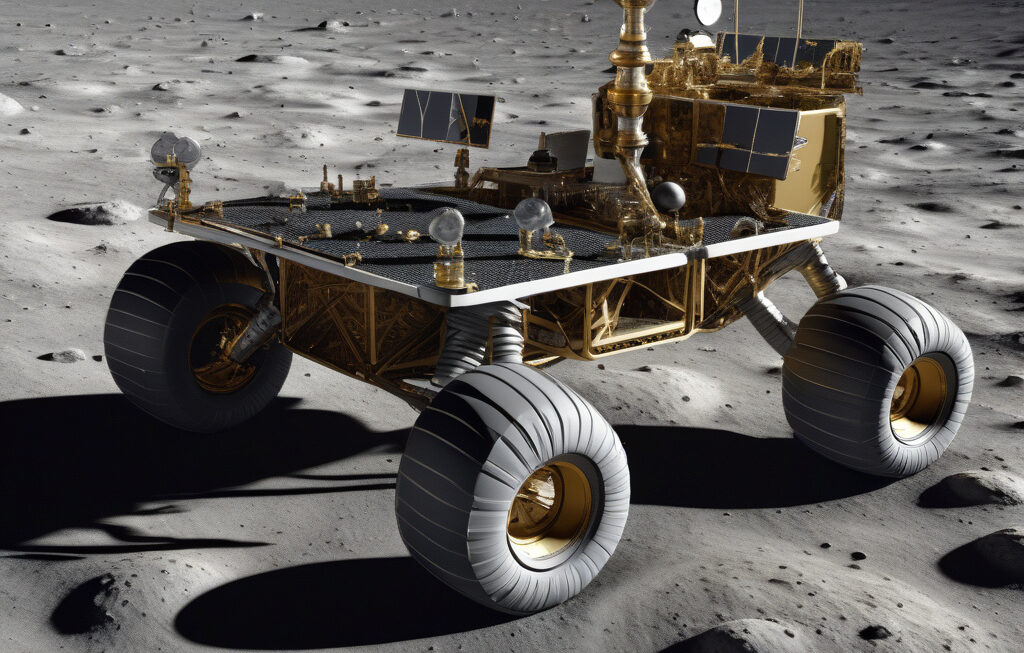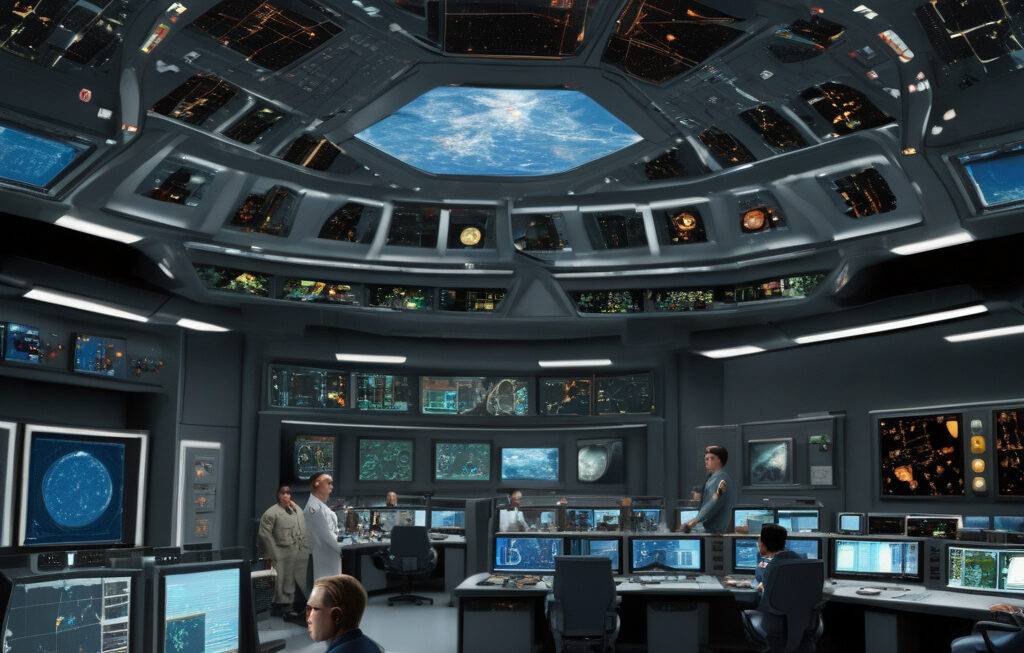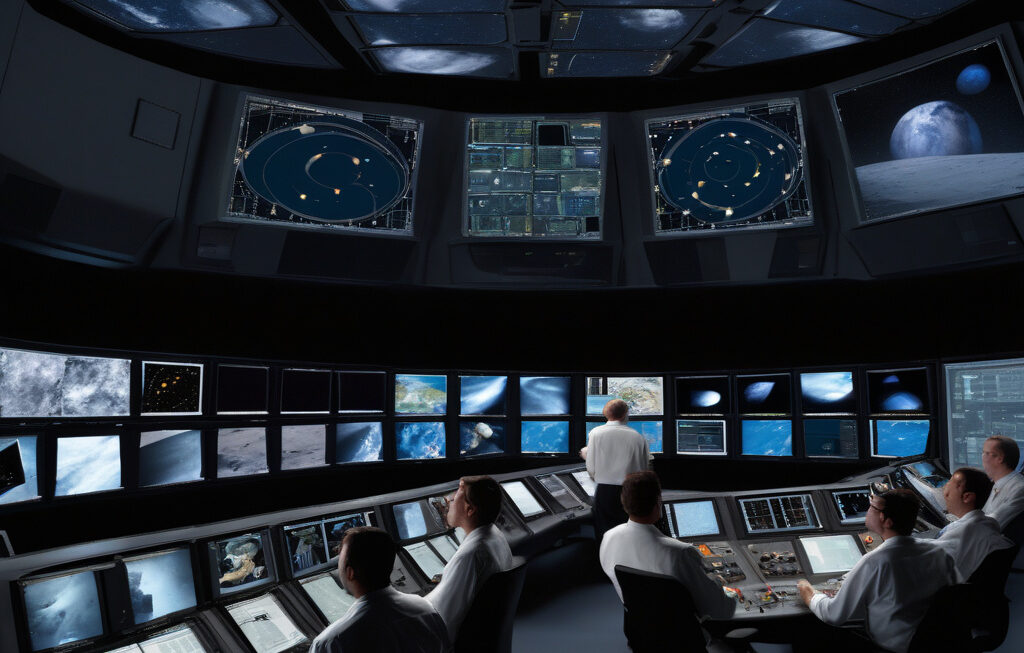Scientists Propose Nuclear Rocket with Solar Wings to Reach Mystery Planet in 7 Years
Scientists have proposed an experimental spacecraft that could reach one of the farthest known objects in our solar system, a mysterious and intriguing planet, in just seven years. This groundbreaking proposal involves a nuclear rocket equipped with solar wings, showcasing a fusion of cutting-edge technology and innovative design that could revolutionize space exploration as we know it.
The concept of utilizing a nuclear rocket for interstellar travel is not entirely new, but the addition of solar wings takes this idea to new heights. By harnessing the power of nuclear energy, the spacecraft would be able to achieve unprecedented levels of thrust and acceleration, propelling it towards its destination at incredible speeds. The solar wings, on the other hand, would serve a dual purpose – not only would they provide an additional source of power, but they would also help to navigate the spacecraft by capturing and redirecting solar radiation.
One of the key advantages of this proposed spacecraft is its potential to significantly reduce travel time to distant planets and celestial bodies. Traditional chemical rockets, while effective, are limited by their fuel capacity and propulsion systems, often resulting in long and arduous journeys through the vast expanse of space. By contrast, a nuclear rocket powered by solar wings could cover vast distances in a fraction of the time, opening up new possibilities for exploration and discovery.
In addition to its speed and efficiency, the proposed spacecraft also offers a more sustainable approach to space travel. By utilizing nuclear power and solar energy, scientists hope to minimize the environmental impact of their missions while maximizing the potential for scientific research and exploration. This environmentally conscious approach reflects a growing trend in the aerospace industry towards developing cleaner and more sustainable technologies for future space missions.
While the concept of a nuclear rocket with solar wings holds great promise, it is not without its challenges and potential risks. The use of nuclear energy, in particular, raises concerns about safety, radiation exposure, and the disposal of radioactive waste. Additionally, the integration of solar wings into the spacecraft’s design presents technical hurdles that will need to be carefully addressed and overcome before the mission can proceed.
Despite these challenges, the proposed spacecraft represents a bold and ambitious vision for the future of space exploration. By pushing the boundaries of technology and engineering, scientists are paving the way for new and exciting possibilities in our quest to unlock the mysteries of the universe. If successful, this innovative spacecraft could not only reach the mystery planet in seven years but also pave the way for future missions to even more distant and enigmatic worlds beyond.
In conclusion, the proposal of a nuclear rocket with solar wings marks a significant milestone in the evolution of space exploration. By combining nuclear power with solar energy, scientists are charting a new course towards faster, more efficient, and more sustainable interstellar travel. While there are challenges ahead, the potential rewards of this groundbreaking technology are truly out of this world.
space exploration, nuclear rocket, solar wings, interstellar travel, sustainable technology












